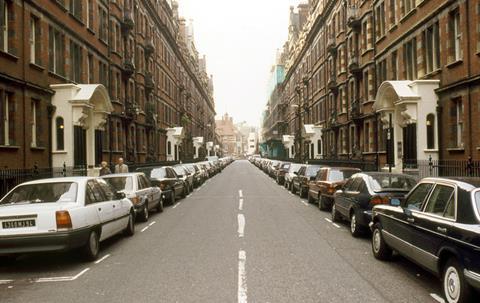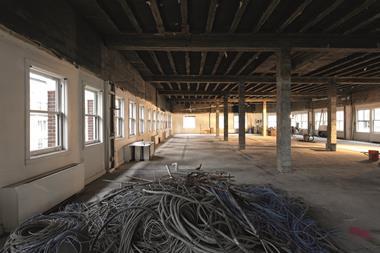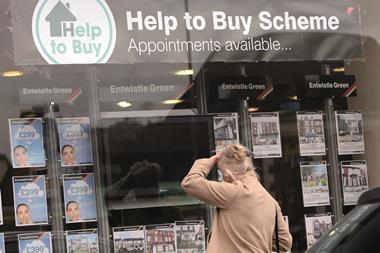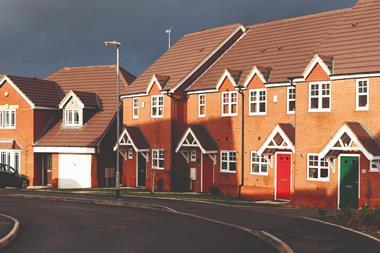I have been reading the recent articles in Property Week concerning London’s housing crisis.

Property values in London in February grew 13.5% year on year, putting housing even further out of the reach of the young professional classes. At the same time, I read that further down the chain, just 64% of the 225,500 affordable homes planned for the capital in the 10 years to 2014-15 were actually delivered.
The importance of the housing shortage cannot be overstated, and London mayoral candidate Zac Goldsmith announcing this week that he plans to oversee the building of 50,000 new homes a year once again puts the issue under the spotlight.
Irwin Mitchell/Cebr’s recent UK Powerhouse report reveals that growth in the economy of inner London fell considerably in the final three months of 2015. Depressed investment, lower levels of confidence and the uncertainty caused by the EU referendum are clearly taking their toll, but in the medium term, the report states that the new mayor must tackle issues in relation to housing, infrastructure and the shortage of school places.
Dealing with the lack of housing is essential if London is to continue to attract a young workforce.
Plans to oversee the building of 50,000 houses a year is a welcome initiative but it’s not new, and, as our study points out, might not even be enough. Our study highlights that up to 62,000 more homes a year will be required over the next decade to address the current housing backlog.
Andrew Watson, partner and head of business legal services - London, Irwin Mitchell






























No comments yet